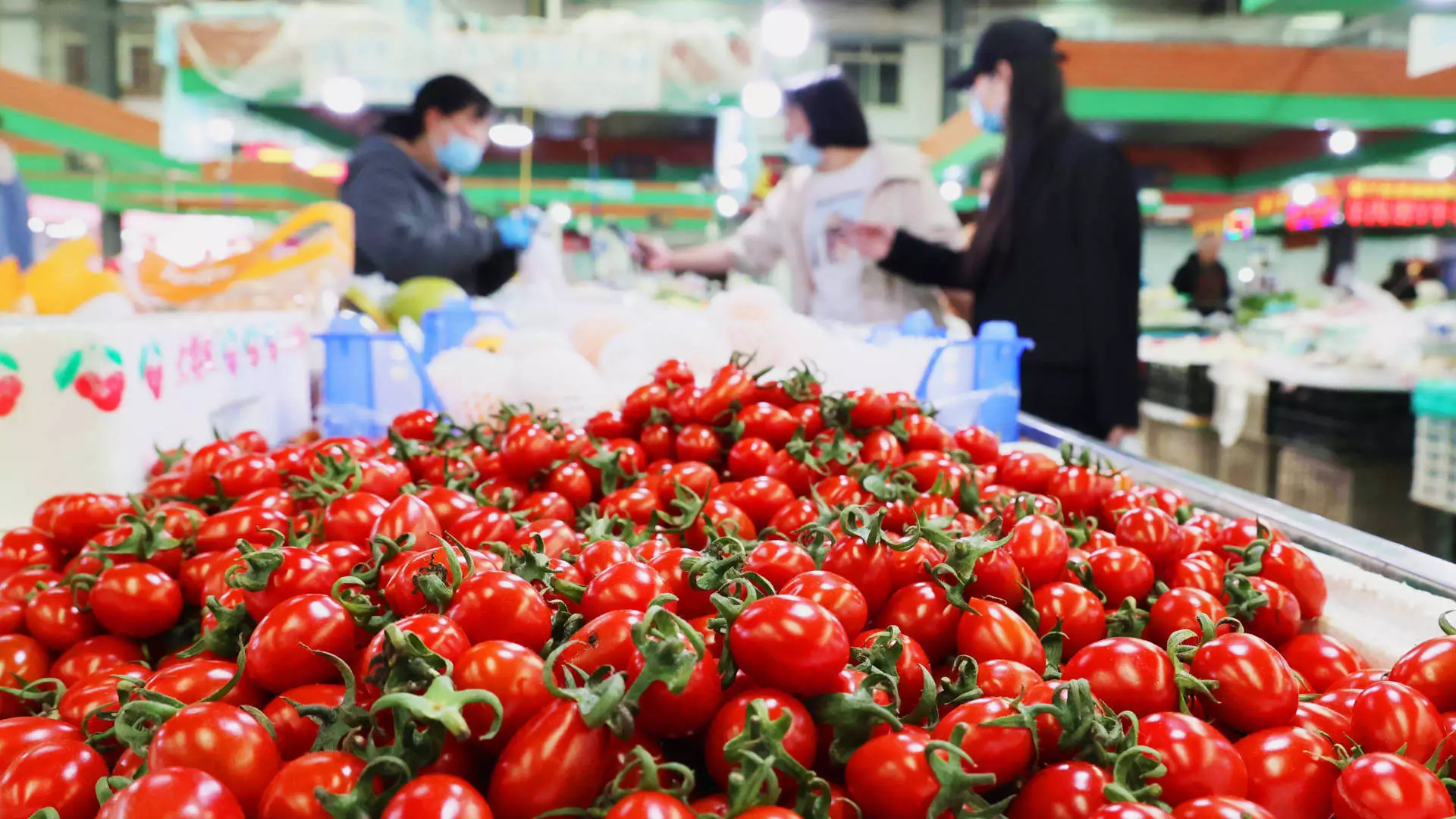As of October, China’s economy continues to demonstrate a mix of muted consumer price growth and deepening producer price deflation. The National Bureau of Statistics reported a meager 0.3% increase in the consumer price index (CPI) compared to the previous year, which is a slowdown from the 0.4% rise seen in September. This marks the lowest inflation rate China has experienced since June and falls short of economists’ expectations of 0.4%. Meanwhile, on a month-to-month basis, the CPI actually fell by 0.3%, indicating a troubling trend for household purchasing power and overall economic vitality.
Despite these disconcerting figures, the Chinese government remains steadfast in its efforts to stimulate the economy. Recently, the National People’s Congress approved an ambitious 10 trillion yuan ($1.4 trillion) stimulus package aimed primarily at alleviating local government debt rather than injecting capital directly into the broader economy. Whilst such measures may provide some short-term relief, analysts are skeptical about their potential to spur immediate economic growth or uplift consumer demand.
Consumer confidence in China appears to be waning as households tighten their budgets amid economic uncertainty. With a significant portion of household wealth—approximately 70%—tied up in the struggling real estate sector, many citizens are reluctant to spend freely. This circumstance subjects the economy to deflationary pressures, amplifying fears of a prolonged period of low inflation or even deflation.
The most recent data underscores this trend: while core inflation, which excludes volatile food and energy prices, saw a slight uptick to 0.2% in October from 0.1% in September, overall consumer sentiment remains fragile. Bruce Pang, a chief economist at JLL, has noted that the recent Golden Week holiday did not produce notable changes in consumer spending patterns, reflecting the lagging impact of recent stimulus measures.
The malaise is further illustrated by the ongoing decline in producer prices. In October, the producer price index plummeted 2.9%, deeper than September’s 2.8% and well below the anticipated 2.5% decline. This represents the largest drop in eleven months, particularly pronounced in sectors such as petroleum extraction, chemical manufacturing, and automotive production. Such reductions are worrying indicators of industrial health and suggest that factories are facing significant challenges in maintaining profit margins and staving off lay-offs.
Analysts point to unanticipated deflation in key production sectors as a signal that economic activity is faltering further down the production line. The pressure felt by manufacturers may eventually translate into reduced employment opportunities, further constraining consumer spending capability and creating a negative feedback loop.
Looking ahead, the broader implications of these economic indicators are concerning. Goldman Sachs projects that China’s headline consumer inflation could remain low—around 0.8%—throughout 2024, while producer prices may not recover until the third quarter of 2025. Importantly, Finance Minister Lan Foan hinted at forthcoming tax measures aimed at revitalizing the real estate sector, suggesting that the central government recognizes the stakes in stimulating consumer demand and market confidence.
However, some analysts theorize that Beijing may be strategically holding back on implementing more aggressive economic policies until there is clarification on the global political situation, particularly concerning the United States’ economic dynamics under a potential Trump presidency. This raises questions about whether the Chinese administration is prioritizing long-term fiscal strategy over immediate economic needs.
The Chinese economy currently stands at a crossroads, grappling with the pressures of low inflation and weakening demand. The recent stimulus package illustrates the government’s attempt to address underlying fiscal challenges without providing the robust jumpstart many investors hoped for. Navigating through these turbulent waters will require a delicate balancing act, as policymakers must weigh the immediate need for growth against the long-term sustainability of economic policy. The coming months will be critical in determining whether these strategies will solidify consumer confidence and promote a more resilient economic landscape in China.


Leave a Reply